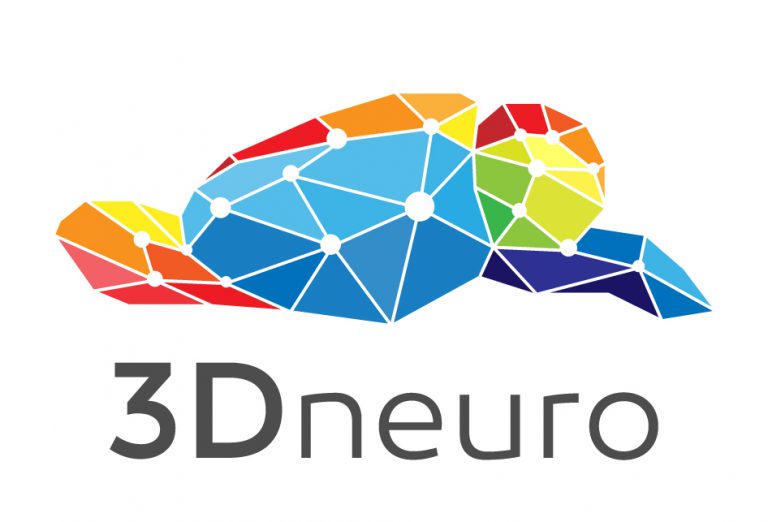
3Dneuro drives are amazing, it now takes us mere minutes to recover previously implanted probes and shanks almost never break. It allows us to keep re-implanting the same probe until the recording sites wear off, it’s an absolute game changer and also a considerable money saver.
Adrian's research
In a nutshell
Our group is interested in how genetic anomalies that cause autism spectrum disorder/ intellectual disability (ASD/ID) in humans affect neural representations of space. We focus our investigation on rat models of ASD/ID, as part of the SFARI Autism Rat Models Consortium
We use 3Dneuro drives to implant Neuronexus and Cambridge Neurotech probes in freely moving rats (both adult and juvenile). We then test the rats on a variety of open field paradigms probing the mechanisms of spatial orientation.
The longer story
Our brains constantly process information coming from our senses and use it to form a mental image, or (as we call it) a mental representation of the outside world. This process is largely subconscious, but familiar to everyone who found themselves in their home at night during a sudden power outage - navigating around in the dark using exactly such a mental representation. My main research interest is in investigating how this mental process is affected in neurodevelopmental conditions such as Fragile X Syndrome and other forms of autism spectrum disorder/intellectual disability (ASD/ID).
We know that mental representations are formed by coordinated activity of millions of brain cells. While measurements of brain activity are often done in humans, such methods often lack the resolution to pinpoint exactly how individual brain cells communicate with each other. However, using miniaturized brain activity sensors developed specifically for rats, we can look at activity of hundreds of individual brain cells, giving us a small window into the inner workings of the rat brain.
Now, autism is a uniquely human condition, but we can model it in rats by altering their genes to induce mutations seen in some inherited forms of autism. We can then quantify how these mutations affect the way rat brain cells represent the outside world.
But even a rat brain is incredibly complex, made of millions of cells forming billions of connections, and cracking its code knowing the activity of only a fraction of those brain cells is a challenging task. However, there is a notable exception to this rule, specialized brain cells that represent the animal’s current direction in space, not unlike the brain’s version of a GPS.
By monitoring the activity of those ‘GPS’ brain cells, we can determine the direction the rat is facing at any point just by looking at brain activity alone - we can in essence understand all the information represented in that small part of the rat brain. We can then ask questions about how the brain orients itself in healthy rats as well as in rats with mutations that cause ASD/ID in humans. What is more, we can test how their brains rely on different types of information by confusing them a little, for example, by suddenly moving a prominent landmark or turning the lights off altogether, kind of like a power outage.
Overall, such experiments offer us a small but unique glimpse into how the brain represents the outside world and hopefully they can tell us a lot about how individuals with ASD/ID may experience the world a little differently
Last updated: February 27, 2025

